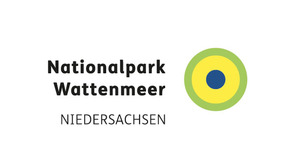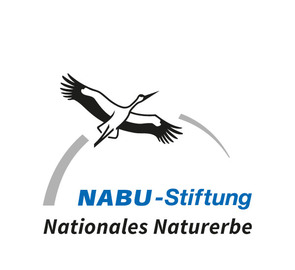
REWILDING EUROPE AWARD - Winner 2023
As part of this year's European Wildlife Photographer of the Year competition, the Rewilding Europe Award was presented for the second time. This award was offered by the GDT in cooperation with Rewilding Europe to honor outstanding achievements in photography with a focus on rewilding. The aim here is to give nature time and space to restore itself in regions that have been affected by human activity. By creating the right conditions, nature can once again shape landscapes on its own. This includes pristine river dynamics, the natural succession of forests, complete food chains with their diverse predator-prey relationships, the creation of open landscapes as a result of grazing by large herbivores, and much more.
Winner: Tobias Richter, GDT (DE) | Wolves on the hunt
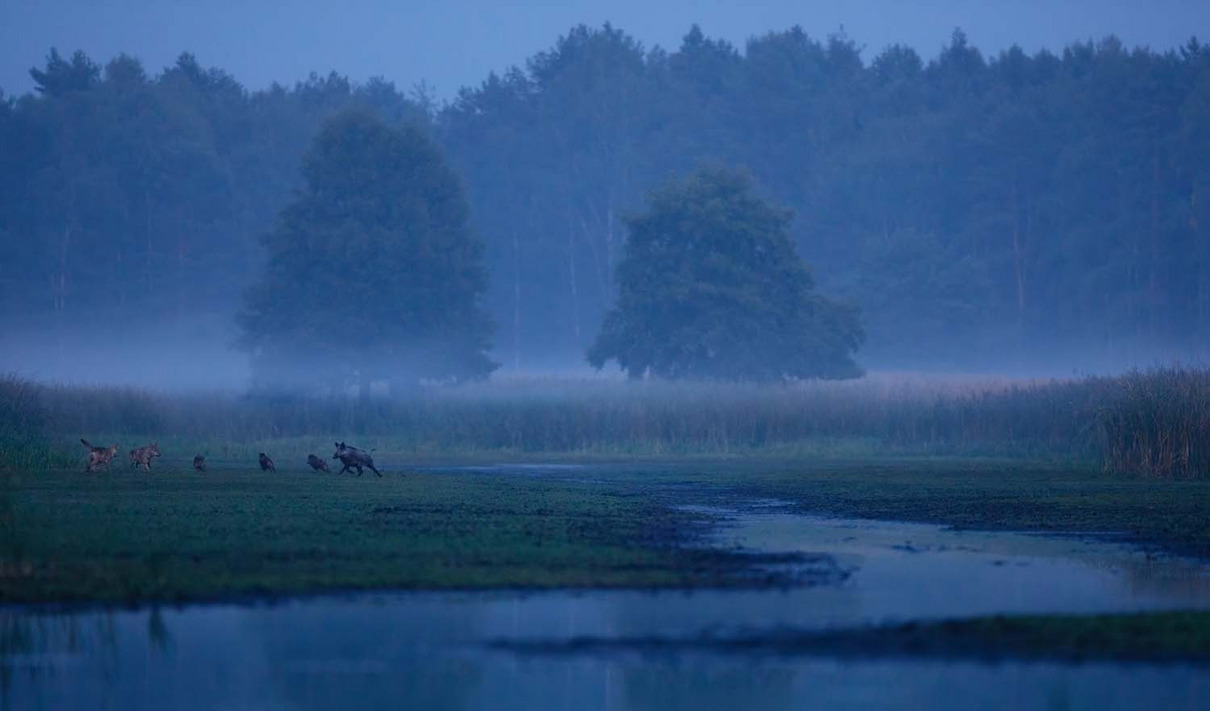
Wolves on the hunt
It was a late summer evening at one of the countless ponds in the German Lausitz. After there had been a thunderstorm in the afternoon, I decided to stay longer than usual in my camouflage hiding place, as the rising fog created a special atmosphere. In the late dusk wild boars (Sus scrofa) approached the water surface. Shortly after, two wolves (Canis lupus) pounced on the drinking young. While they fled into the reeds, the sow tried to defend them. After an obviously unsuccessful chase, the wolves returned to the pond and howled in near darkness.
Canon EOS 5DS R, 2.8/400mm, ISO 3200, tripod
Runner up: Jyri Juuti (FI) | Realm of the beaver
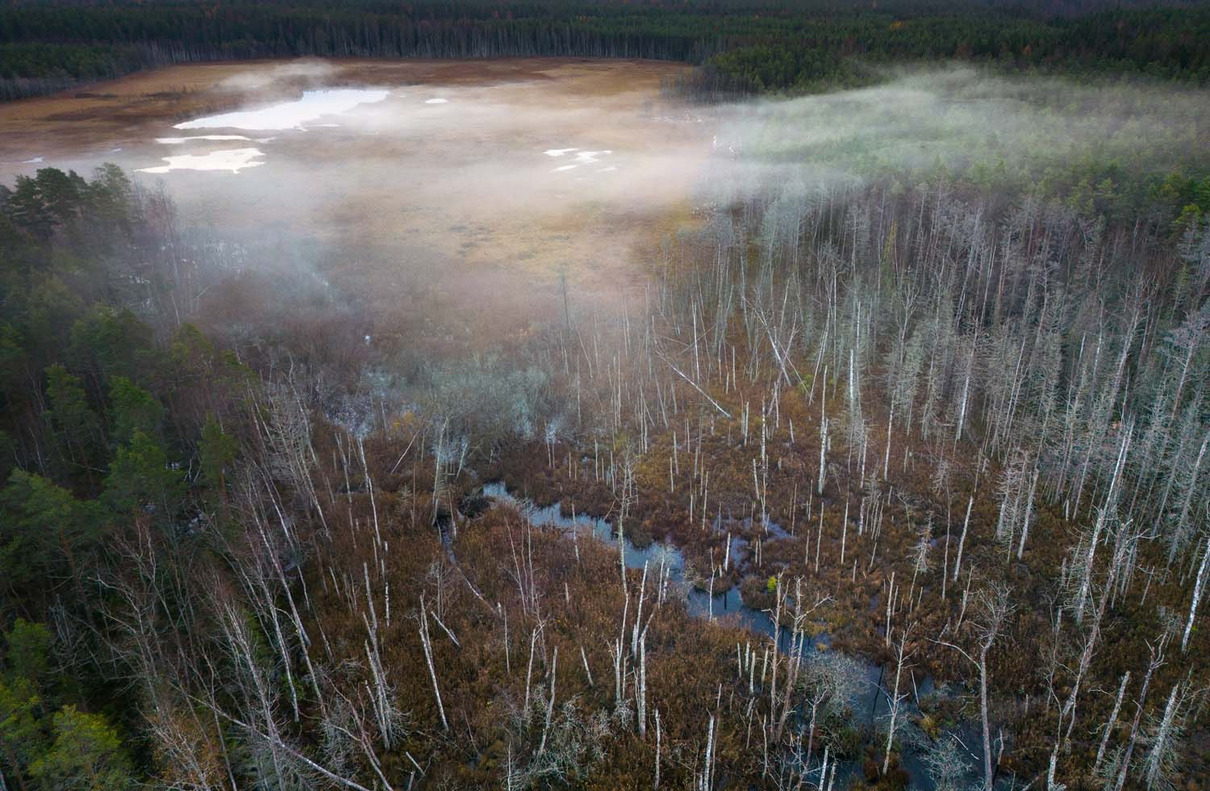
In the realm of the beaver
The picture shows an area formerly used for forestry, which is now one of the Natura 2000 protected areas in Finland. Over the past 25 years, various programs and measures have been implemented there to revitalize nature, which has significantly increased biodiversity. As a result, the European beaver (Castor fiber) has also returned to the area, affecting the water balance and thus the landscape by building its dams.
DJI Mini 3 Pro, Hasselblad 2.8/24mm, ISO 100
Highly commended: Emanuele Biggi (IT) | Their future in our hands
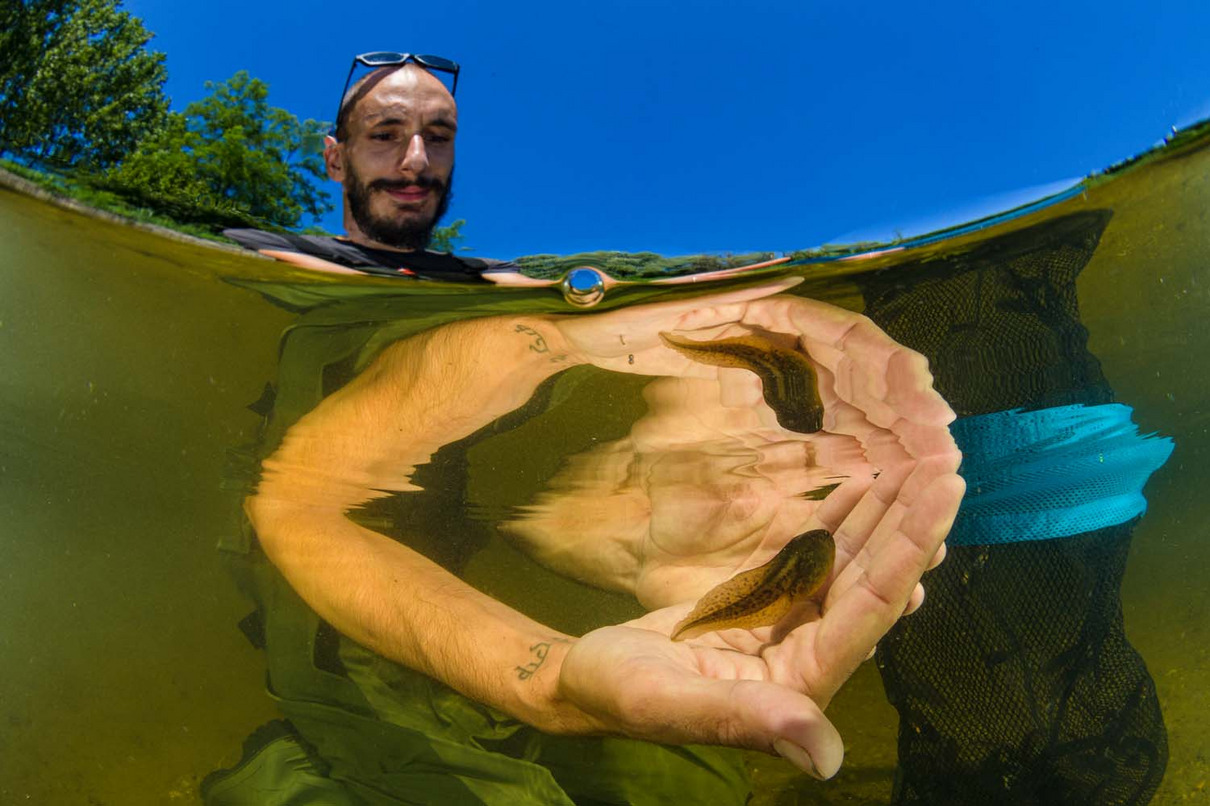
Their future in our hands
Herpetologist Riccardo Cavalcante releases into the wild one of the many tadpoles of the spadefoot toad (Pelobates fuscus insubricus) that were bred as part of a five-year LIFE project to stabilize the endangered Italian population. As a caring "stepfather," Riccardo holds the large tadpole for one last second before releasing it into the wild, where it can complete its development and hopefully contribute to the conservation of this endangered species.
Nikon D850, 3.5-4.5/10-17mm, ISO 250
Highly commended: Staffan Widstrand (SE) | Biodiversity above and below the water
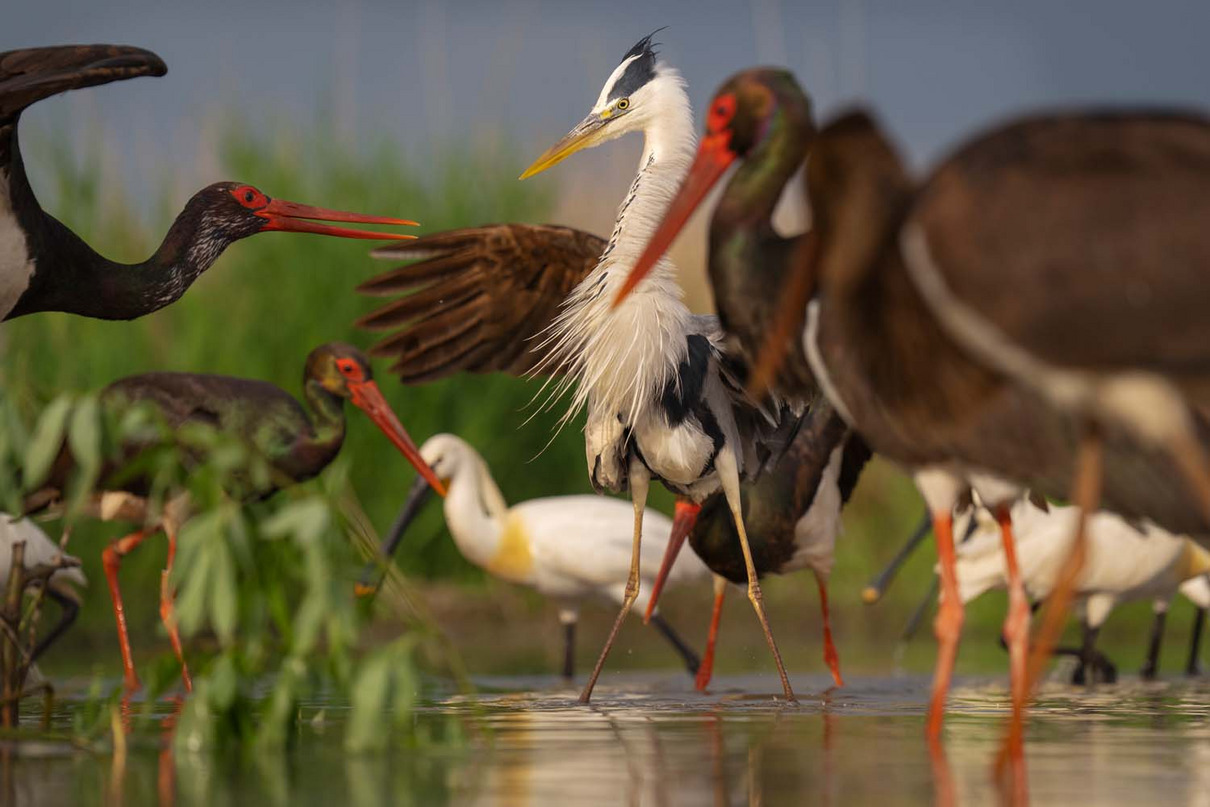
Biodiversity above and below the water
In Kiskunságy National Park (Hungary), many fish ponds have been returned to nature. Their abundance of fish and other aquatic life attracts numerous wading birds at low water. Black storks (Ciconia nigra), gray herons (Ardea cinerea) and spoonbills (Platalea leucorodia) enjoy the rich food supply here.
Sony ILCE-1, 2.8/70-200mm, ISO 800
Highly commended: Ricardo Lourenço, GDT (PRT) | Visit to the sheepfold
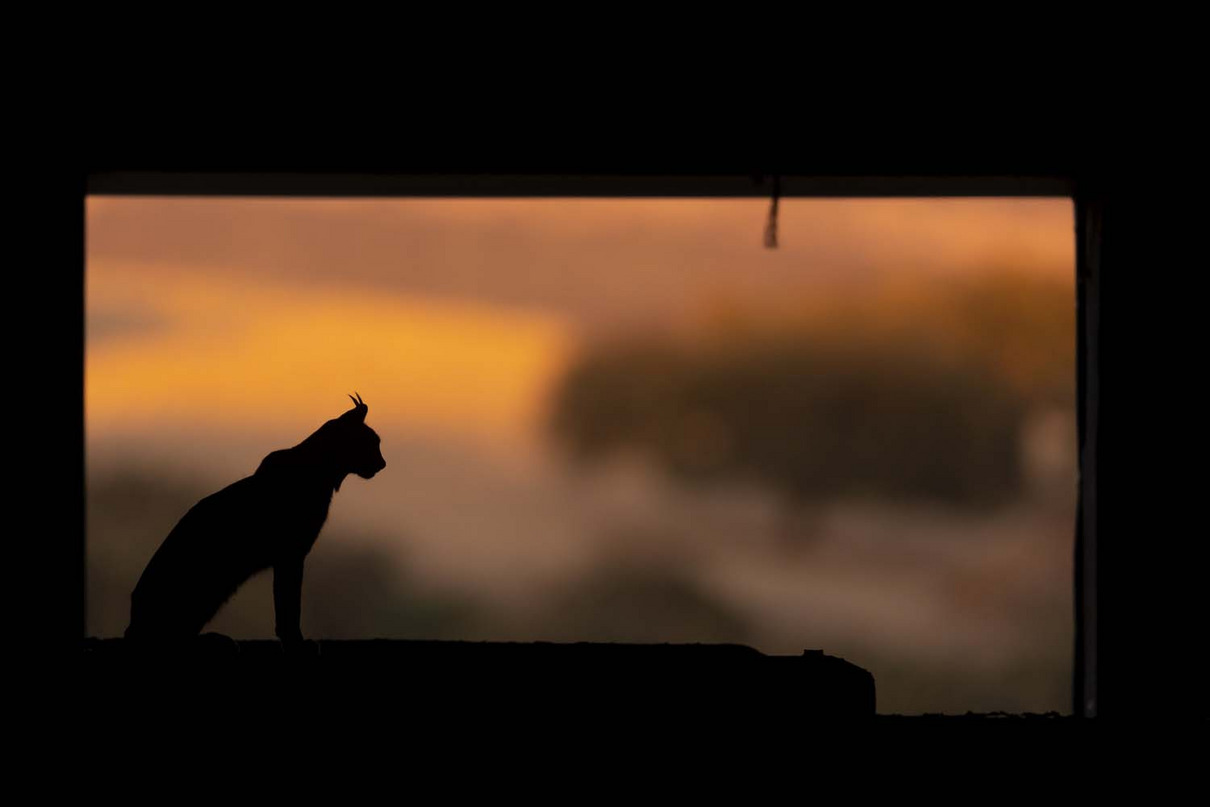
Visit to the sheepfold
Although they actually prefer hidden and secluded places to give birth to their young, some Iberian Lynx (Lynx pardinus) also use buildings as shelters or hunting grounds, especially if they have been abandoned by humans. This female, accompanied by her two cubs, is staying in a sheep pen. I have noticed that it uses the building as a shelter and also ambushes birds there that fly into the barn to spend the night. Some lynx may also attack sheep, but usually they prefer to feed on wild rabbits. Lynx-human conflict is one of the issues that the Life Lynx Connect Project is working on to enable the full integration of this species into its historic habitats.
Canon EOS R6, 4.0/600mm, ISO 1250, tripod









